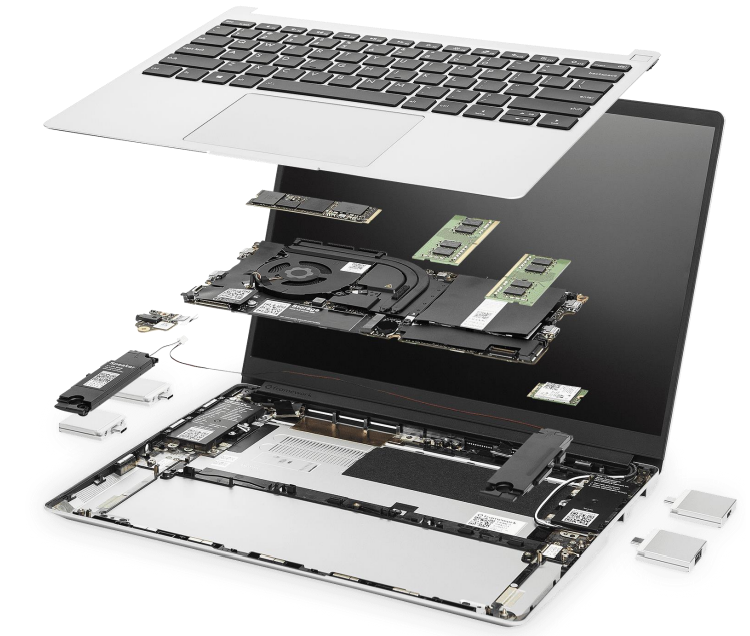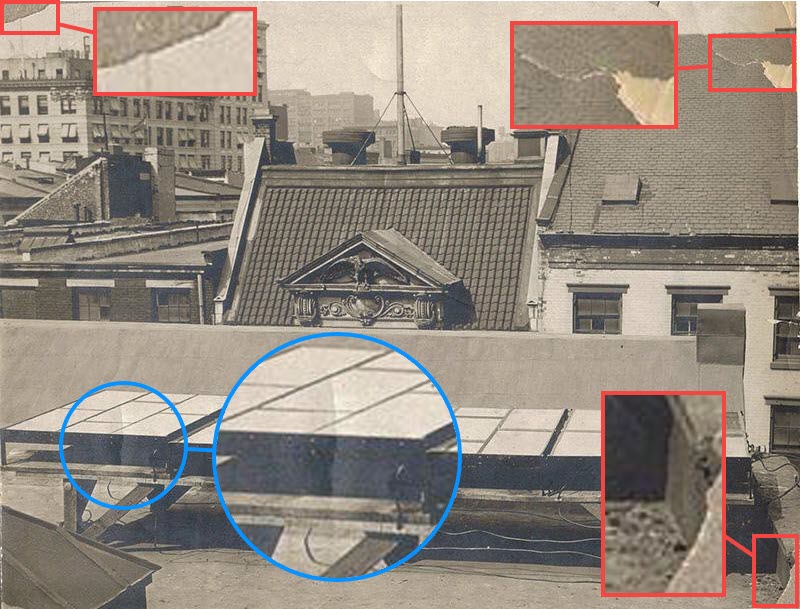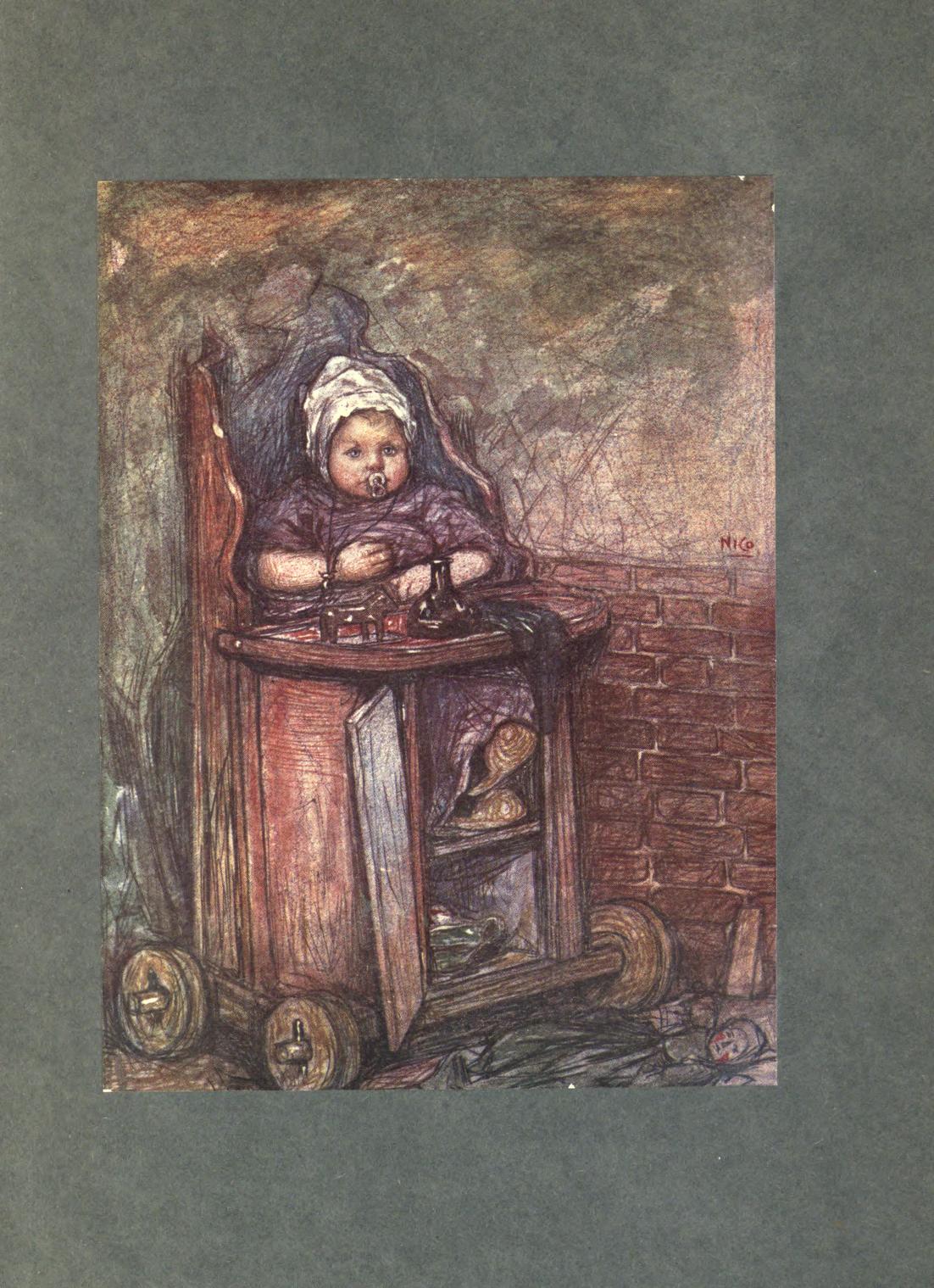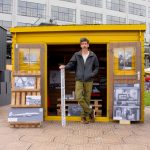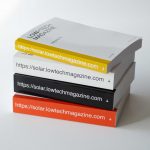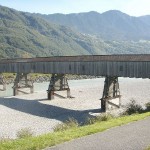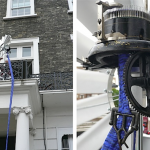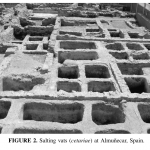Laptop manufacturer Framework commissioned Fraunhofer IZM to do a detailed life cycle analysis on their Framework Laptop 13, which is designed to be upgradeable, repairable, and customizable. The functional unit used in the study is the use of this notebook over 5 years. Although the laptop is modular and repairable, no product failure and thus no repair was assumed. The configuration was assumed to include 16 GB of memory, 256 GB of storage, and two expansion cards with USB-A and USB-C connectors.
Unfortunately, the researchers only calculate the environmental footprint of the laptop in terms of global warming potential and resource depletion, not energy consumption. Nevertheless, the study is interesting for its detailed breakdown of components, with the display and the electronic circuits responsible for the largest environmental damage. The total impact for the Framework Laptop is estimated to be 200 kg CO2e. Almost 70% of this is due to the production phase.
Read more:
- We are not sustainable. And neither is any other device maker (Framework announcement).
- Life Cycle Assessment of the Framework Laptop 2022 (study)
Previously:
- The monster footprint of digital technology (Low-tech Magazine)
- How and why I stopped buying new laptops (Low-tech Magazine)
